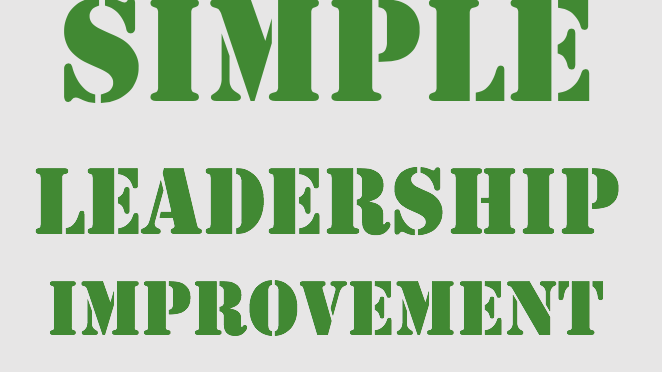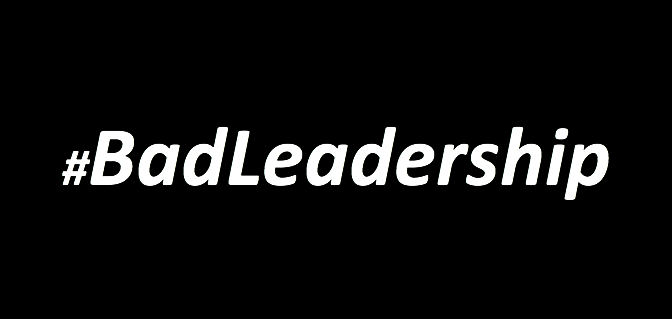Leadership is a set of highly integrated skills that, in many ways, are better learned in real life on the job than in other types of educational scenarios.
Here are some simple ways to augment your leadership training I have found to be effective in my career. Their only real cost time and attention.
Coach a team
Coaching a team helps you practice preparing, planning, communicating and making decisions in real time.
When my son was younger I coached his youth soccer teams for several years, even though I was not a soccer player in my own athletic pursuits. I had to schedule practice, communicate with parents and players, actually train, evaluate and coach the players to improvement and manage games.
I learned to communicate more simply and cleary and repeatedly – all of which are key skills for any level of leadership.
I learned to train our players in routine and I learned to use fun and competition to encourage effort. These concepts also apply directly to coaching your employees.
Grow Plants
I am not a green thumb. Growing plants for me is not easy. I have to be persistent. However, I have noticed that growing plants can instill habits that serve well in leading organizations.
Plants require a certain consistency in checking and care. Plants require observation, diagnosis and corrective action.
When plants are cared for you are rewarded with food or beautiful flowers or greenery.
Plants are a lot like organizations. Organizations need constant care and feeding. They also sometimes need observation, diagnosis and corrective action. I have a row of plants on my office credenza which are constant reminders to me of the care and attention needed for organizational health.
Teach Kids
Working with kids are great ways to practice your communication and your ability to think and plan ahead.
Managing a room of small children makes you think ahead and plan. You will become better at anticipation and acting to head off issues and problems.
Teaching kids also forces you to communicate clearly and repeatedly to make your message clear and understood.
Kids also ask very direct and penetrating questions much like employees or customers. You get to practice forming clear, concise answers in a low risk environment.
When you teach kids you also get to deal with those times of kids are acting out or causing problems. Dealing with these situations in real time trains you on to think, act and reason quickly to regain control of the situation.
Watching kids grow and learn and develop is also very rewarding. Much in the same way an organization grows and achieves goals and objectives.
Teaching kids is amazing practice for leading an organization.
Serve
The best leadership is lived out by serving your organization. Practice service, meeting the needs of others.
Serving forces focus on another, specifically meeting their needs. It’s so easy to get so self absorbed as to be of little use to the people around us. Service puts the pause button on our self focus and invites us to focus on others for a time.
Service helps build your generosity muscles, giving time, emotion, experience, encouragement or resources for the good and help of others.
And, as you serve, especially if you are working with those less fortunate than you, it builds your own sense of gratitude.
As an organizational leader the qualities of service, focus on others, generosity and gratitude are key to building your people and building their trust in you as a leader.
Reflect
Have a time of daily reflection where you can quietly, calmly think about the events of the day and your reaction to them.
What went right? What went wrong?
What could I have reacted better to?
How could I have handled that situation better?
Was my work today in line with my character, plan and goals?
What did I learn today that will change what I do tomorrow?
This type of reflection builds a feedback loop for continuous improvement and better planning for tomorrow.
I have found these ways helpful in my leadership development, when I was willing and humble enough to learn the lessons these environments were trying to teach me.
What are your simple ways to improve leadership capability?


